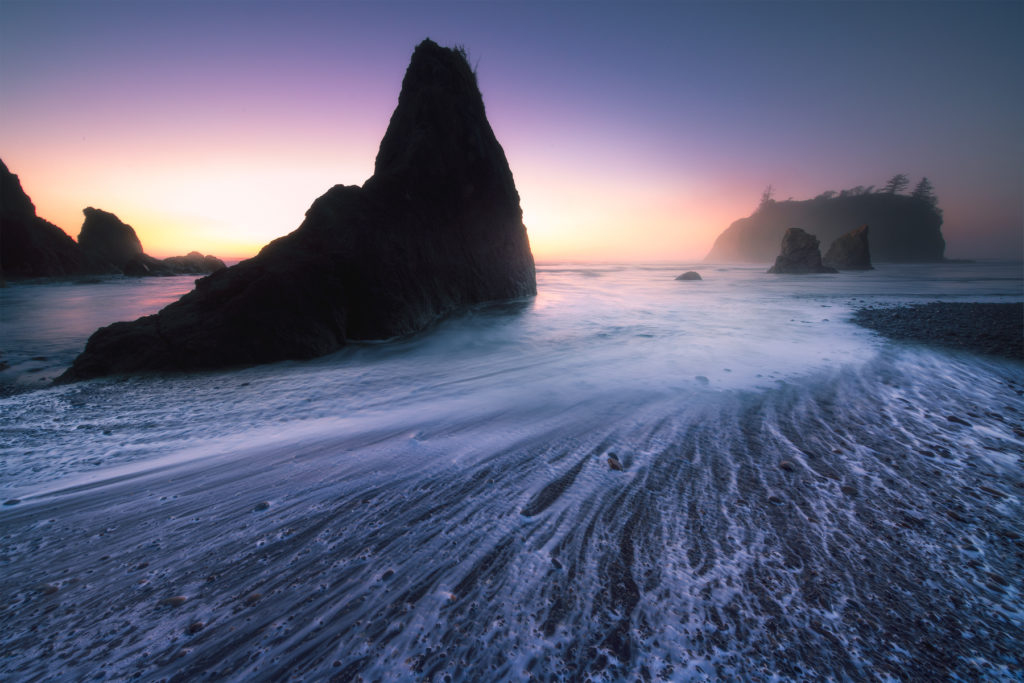
One of my favorite subjects to photograph is water. Using different shutter speeds on your camera, you can create a diversity of different moods. Some of the best examples that involve water are waterfalls, creeks, rivers, and waves.
The three main shutter speeds that I use are 1/100, 0.5-1 second and 5-30 seconds to convey varying moods.
A faster shutter speed, like 1/100, creates an image that exudes the powerful force of water. An example of this would be large ocean waves crashing against shoreline rocks. A fast shutter speed “stops” the waves in the moment and thus conveys a mood to the viewer that signifies power, strength, and intensity. In this example, the subject of water can be manipulated to create a style that conveys emotion to the viewer.

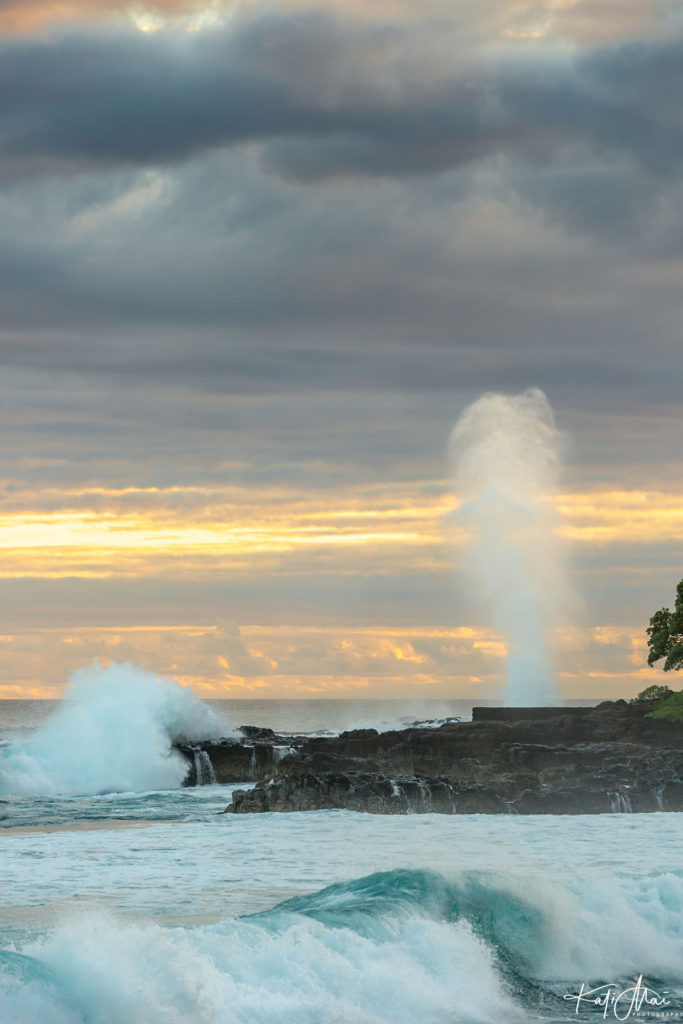
A mid-range duration of shutter speed such as 0.5 to 1 seconds can be utilized to create a more dynamic mood. This is especially effective for capturing water in the form of waves and movement. For example, having “streak-like” motion lines as the waves approach the camera. This effect gives the appearance that the water is right in front of the viewer. Thus, the emotion and mood that this particular shutter speed creates is one of tension, excitement, and anticipation. It tells a story that there is more to come.
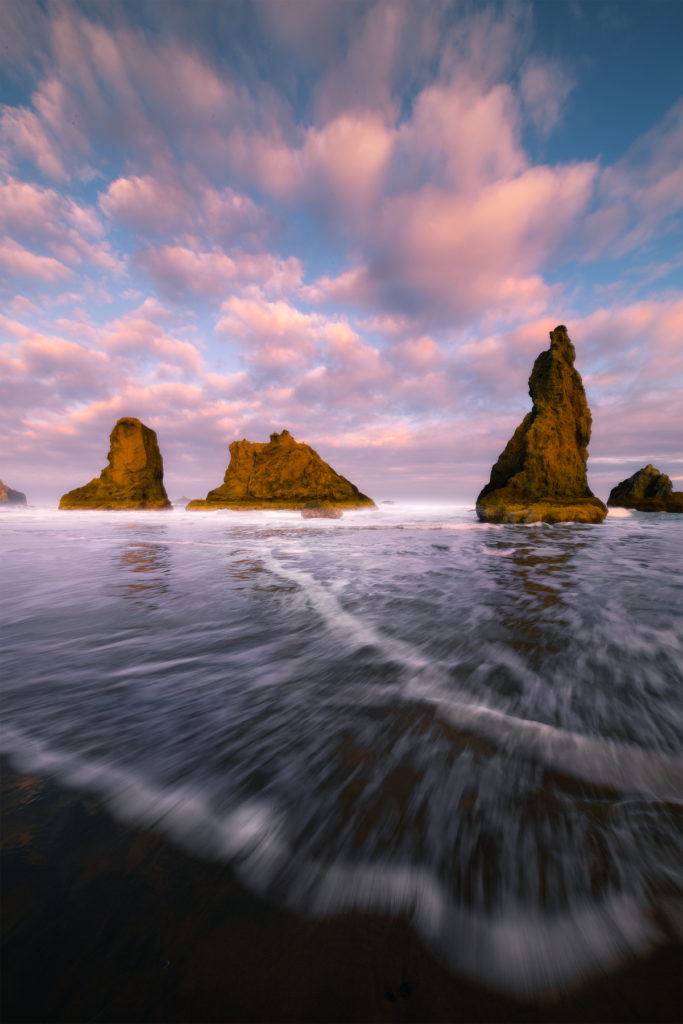
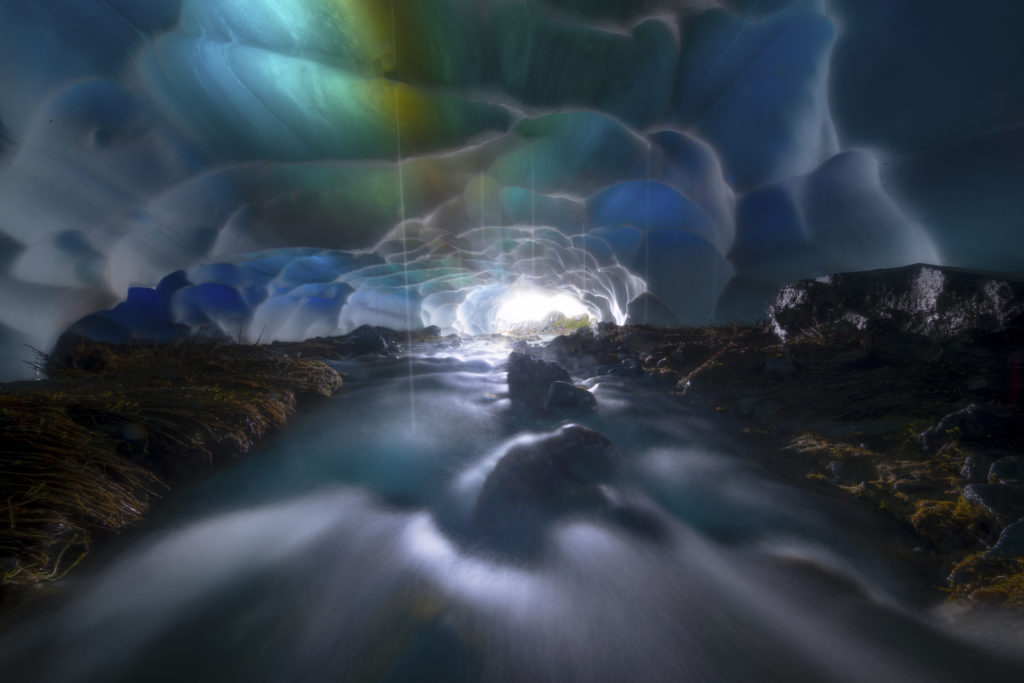
The third and last use of shutter speed is long/slow such as a range of 5 to 30 seconds. This is generally known as a long exposure. The effect of a longer shutter speed blurs out the water and gives the viewer a sense of calmness, peace and tranquility. To achieve a longer exposure the use of filters might be needed. Using a Neutral Density filter helps to lengthen the exposure by darkening the available light coming into the camera. The end result is an image that is soft, ethereal, and almost painterly. The overall mood conveyed by a long exposure allows the viewer to feel a sense of serenity.
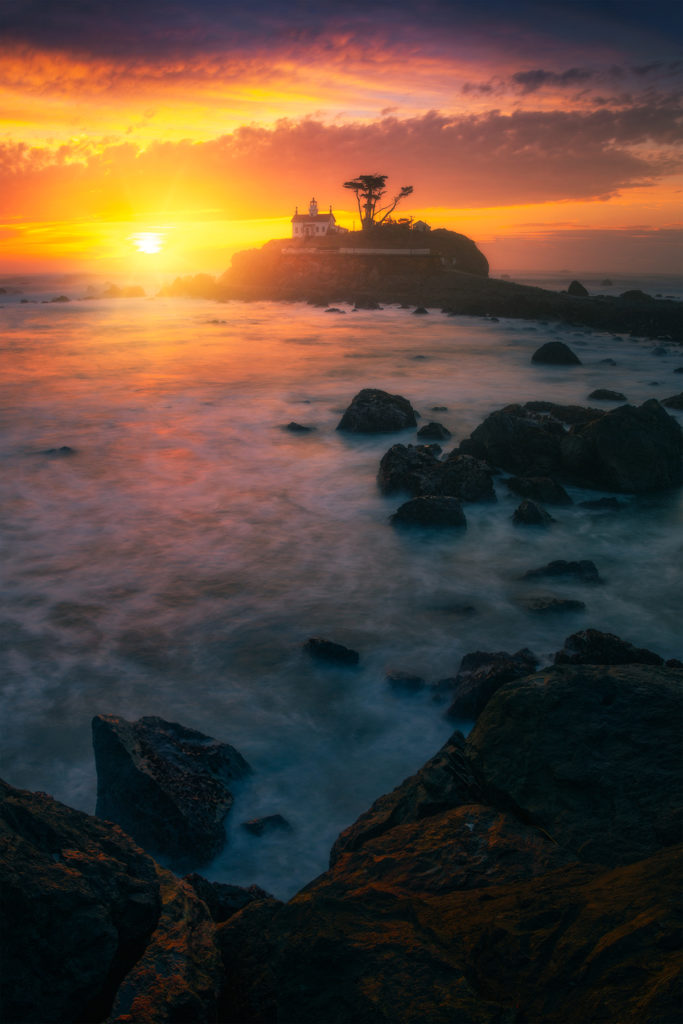
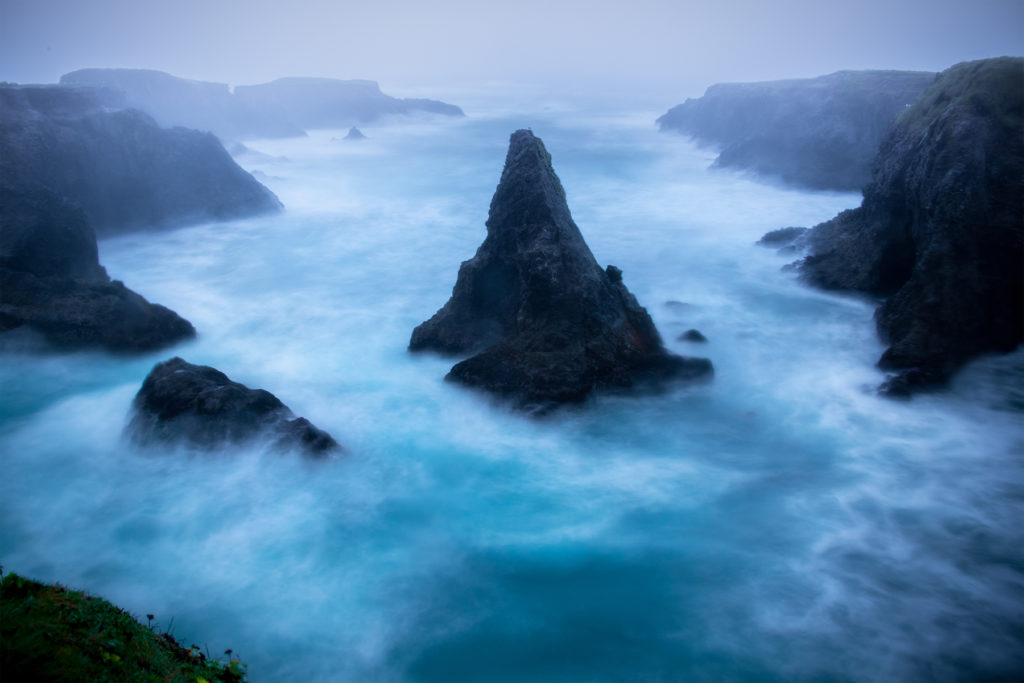
So with three different types of
Below are examples of the three shutter speeds discussed in the article. Although each image is captured with the same composition, each image has very different moods because of the shutter speed difference.
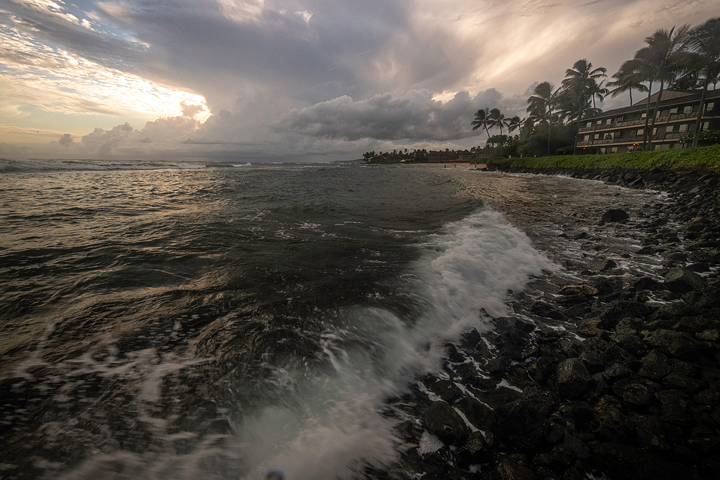
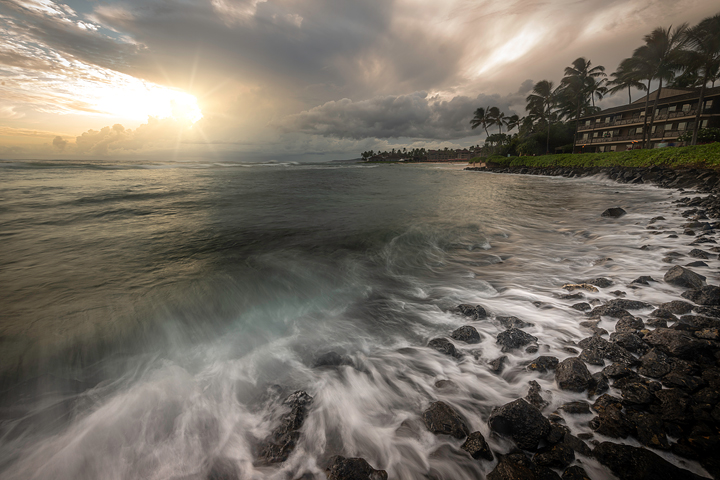
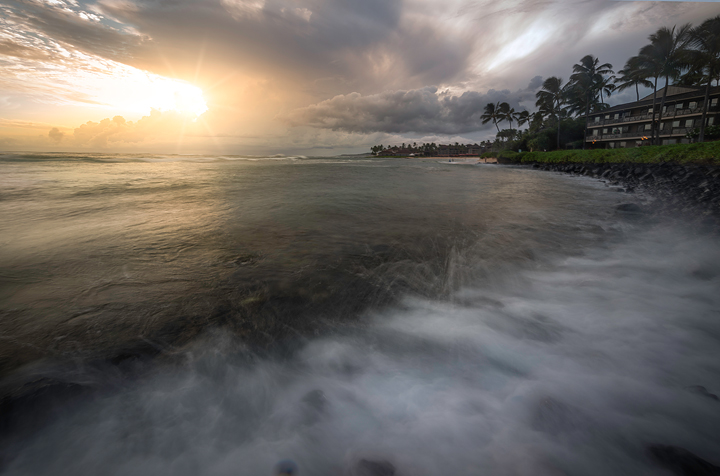
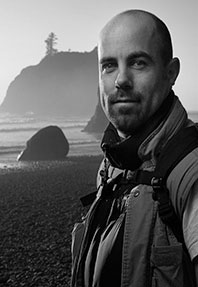
Website: www.kevinmcnealphotography.com
Facebook: https://www.facebook.com/kevinmcneal30
Instagram: www.instagram.com/kevinmcneal30
Flickr: https://www.flickr.com/photos/kevinmcneal
Kevin McNeal is a landscape photographer who resides in the Pacific Northwest of the U.S. He focuses on grand colorful landscapes that reflect the most unique places on earth. Capturing moments of magic light and transferring this on print, images behold a combination of perseverance, patience, and dedication to capture the images in ways unseen before. The stories of how these images are rendered come across in the feelings the images convey.

Recent Comments